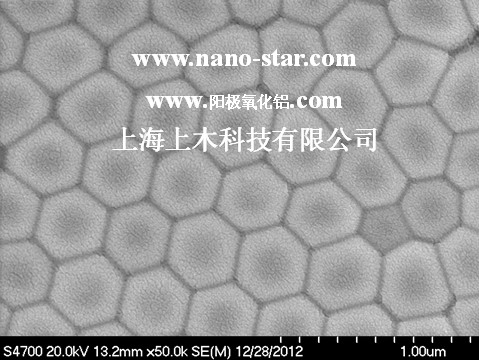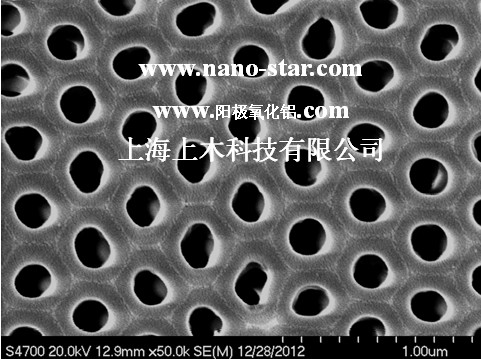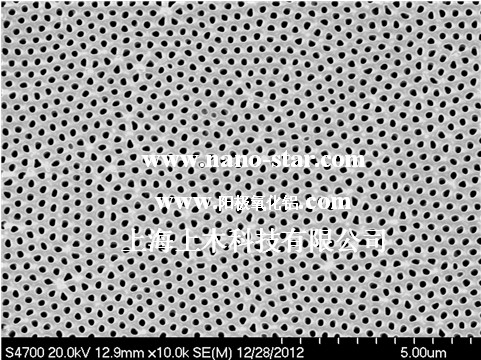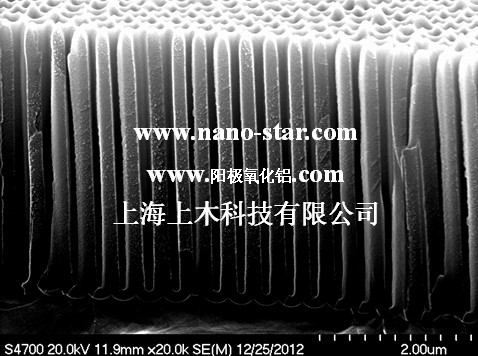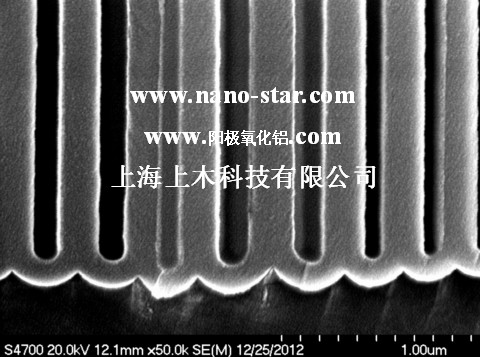Structural diagram of the single-pass AAO


Structural diagram of AAO: Ordered porous layer in the upper part and aluminum support in the lower part
The AAO portion in the single-pass film with cellular structure comprises a number of hexagonal column primitive cells (units) of oxide, and there is a circular hole in the middle of each of such units. A hemispherical barrier layer is situated between the oxide layer and metal in the lower end of the hole.
AAO with ultra small aperture of 10-20nm

10-20nm, section picture of FESEM
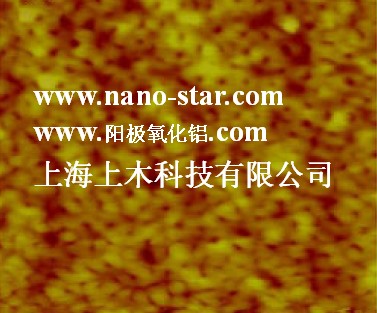
1-20nm, surface picture of AFM sample
AAO with the aperture of 40-60nm
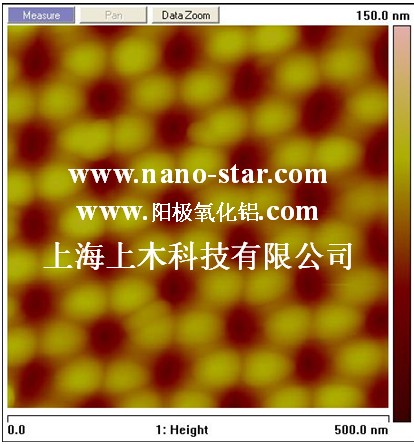
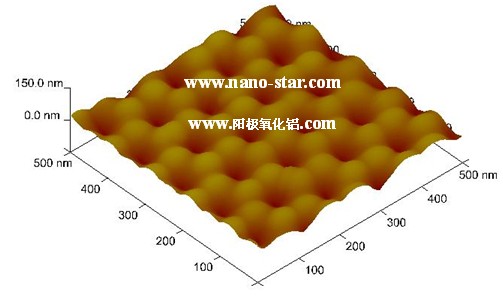
40-60nm, surface picture of AFM sample
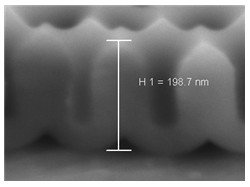
The AAO layer thickness is 200nm including the barrier layer and surface tips

Ultrathin AAO template with the thickness of about 400nm
AAO with the aperture of 60-80nm
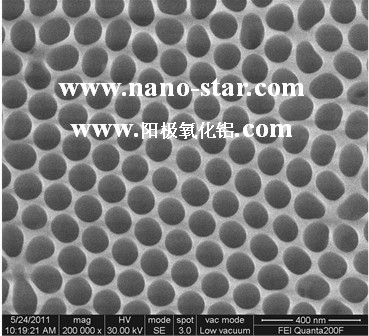
Pore diameter of 100-200nm/200-300nm, hole spacing of 330-350nm
The hole diameter can be controlled through post-processing if the hole spacing is the same
